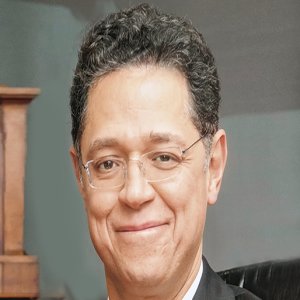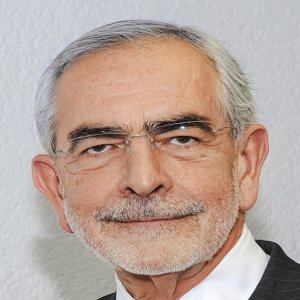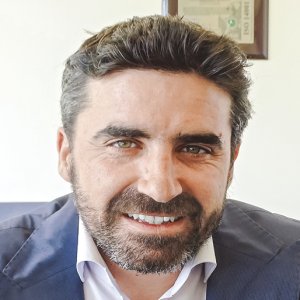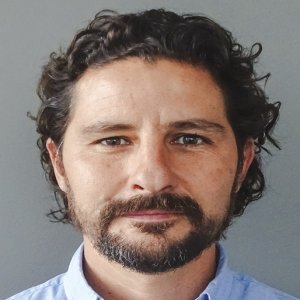Financing the Future

STORY INLINE POST
Q: How has the new regulatory framework impacted the bank’s plans for financing renewable energy projects?
A: Most of the winning companies from the first two power auctions have specific concerns regarding the regulatory framework. The contracts from the first power auction, in which CFE is the off-taker, provide certainty regarding the selling price in energy and the capacity for 15 years and 20 years for CELs. The first concern for these companies has been the criteria the banking sector will use to evaluate generation when those contractual prices end after 15 or 20 years, especially since most financing schemes go beyond that time frame. The second concern is the value of the energy sold under merchant risk, which is a financial imbalance that happens when the offered price is not the same as the market price during the first 15 years. The third concern is regarding general financing conditions, such as gearing ratio and financial terms.
Q: How will Banobras adapt to a new risk scheme where CFE is no longer the only off-taker?
A: There are two types of companies: large companies with a corporate plan that do not need financing because they have resources of their own and smaller companies that are looking for project finance. Large companies are not focused on a specific project but rather are focused on the power segment to compete with CFE in the next 10 or 15 years. Small companies do focus on a specific project such as wind or solar energy. Banobras focuses on small companies that need project financing because we can take on riskier projects as a complement to commercial banks. We develop plans to make companies feel comfortable while complementing the project’s financing requirements. We offer direct investment for awarded projects from the first power auction and we are developing a payment guarantee procedure. This new procedure is expected to address risks identified by the banking sector. The guarantee scheme we are promoting provides income security amid merchant risk. It secures maximum and minimum values within an income range to give commercial banks certainty. Merchant risk will still be present for commercial banks but our plan alleviates it to a certain extent because it implies a specific and individual analysis where we research the project’s income flows, the rate awarded in the auction and the type of technology it employs to mitigate other risks so the banks can offer higher leverage rates and give a longer financial 173 timeframe. There are plenty of regulatory advantages to using this plan since having development bank guarantees allows banks to have lower capital requirements.
Q: What are the most promising sectors for investing in the Mexican energy market?
A: Commercial banks and developers have expressed difficulties finding a financing period because some commercial banks are not willing to provide financing for the length of the contracts. Banobras, as a development bank, can go a little beyond that and provide financing for longer periods. We have focused on wind, hydraulic and pipeline projects but the Energy Reform has opened the market to new opportunities, such as upstream, platform construction and refineries that we had not considered before.
Previously, Banobras’ largest investments were made in road and highway infrastructure projects. Now it will be the energy sector, which speaks to the changes in the market's trend that will continue in the future. Banobras has changed its internal structure, creating an energy department to respond to the needs of the new market.
The main business opportunity for Banobras in the energy sector is investing in natural gas pipelines because they are large projects that require plenty of investment. Due tothemagnitudeoftheseprojectsithasbecomemore common to use syndicated financing where development and commercial banks work together. Banobras is the largest development bank and the number five in the Mexican banking system by assets, which allows us to have the highest spending and provide the longest financing plans.
























